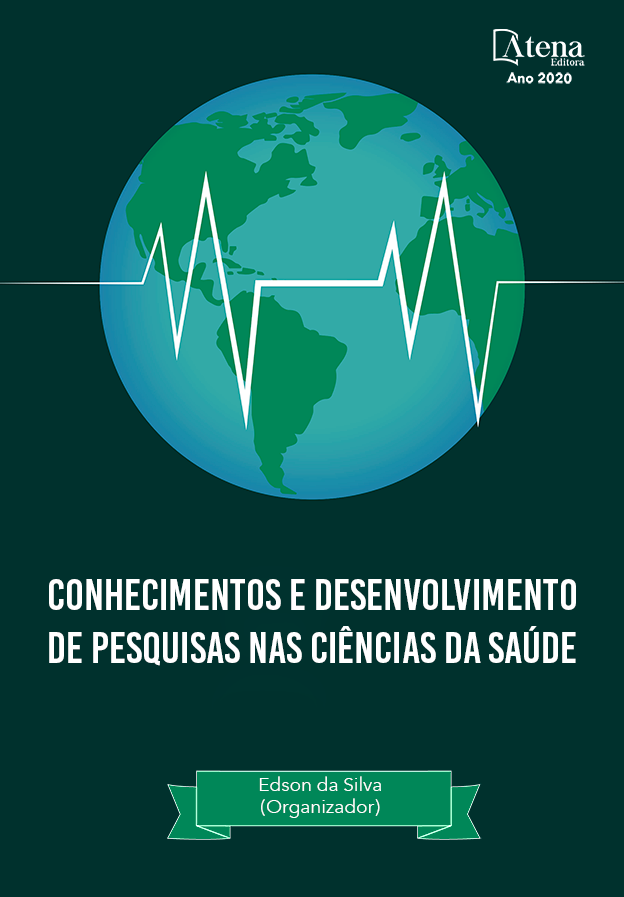
Dengue no Brasil: Características Epidemiológicas dos últimos 30 anos.
A dengue é uma doença febril aguda causada por quatro sorotipos virais, cuja caracterização também se dá por meio de sinais e sintomas de ordem artritogênica e hemorrágica. O primeiro relato de dengue ocorre na antiga Dinastia Chin, na China. Porém, somente no século XVIII a dengue é decretada como pandemia. Nas Américas, o DENV-2 foi primeiro sorotipo isolado no continente. No norte do Brasil, os primeiros sorotipos de dengue foram identificados simultaneamente em 1981, DENV-1 e DENV-4. Nos últimos 30 anos, o Brasil somou cerca de 13.863.256 casos de dengue, com um total de 7.770 óbitos, e uma taxa de letalidade nacional de 0,06% por cada 100 infectados. Historicamente, a região Sudeste e Nordeste são as regiões brasileiras que mais reportaram casos de dengue, respectivamente. No entanto, recentemente as regiões Centro-Oeste e Sul começam ocupar o ranking de regiões com maior taxa de letalidade de dengue no país. Num panorama de dengue no Brasil entre o período de 2001 a 2019, observa-se que: a) a dengue ocorre com maior frequência no primeiro semestre dos anos; b) mulheres são as mais acometidas pela doença, ao passo que homens são os que mais morrem; c) indivíduos de 20-59 anos são responsáveis por cerca de 63% das notificações de dengue no país, enquanto que indivíduos ≥60 anos e
Dengue no Brasil: Características Epidemiológicas dos últimos 30 anos.
-
DOI: 10.22533/at.ed.82220251125
-
Palavras-chave: Dengue; Epidemiologia; Arboviroses;
-
Keywords: Dengue; Epidemiology; Arboviruses;
-
Abstract:
Dengue is an acute febrile disease caused by four viral serotypes, which is also characterized by signs and symptoms of arthritogenic and hemorrhagic nature. The first report of dengue has occurred in the ancient Chin Dynasty in China. However, only in the 18th century that dengue was declared a pandemic. In the Americas, DENV-2 was the first isolated serotype in the continent. In northern Brazil, the first dengue serotypes were identified simultaneously in 1981, DENV-1 and DENV-4. In the last 30 years, Brazil has recorded about 13,863,256 dengue cases, with a total of 7,770 deaths, and a national lethality rate of 0.06% for every 100 infected. Historically, the Southeast and Northeast are the Brazilian regions that have reported most of the dengue cases, respectively. However, recently the Midwest and South regions are starting to occupy the ranking of regions with the highest dengue lethality rate in the country. In a scenario of dengue in Brazil between the period of 2001 to 2019, it is observed that: a) dengue occurs more frequently in the first half of the years; b) women are the most affected by the disease, while men are the ones who most die; c) individuals aged 20-59 years are responsible for approximately 63% of dengue notifications in the country, while individuals ≥60 years and
-
Número de páginas: 13
- patrick jesus de souza


